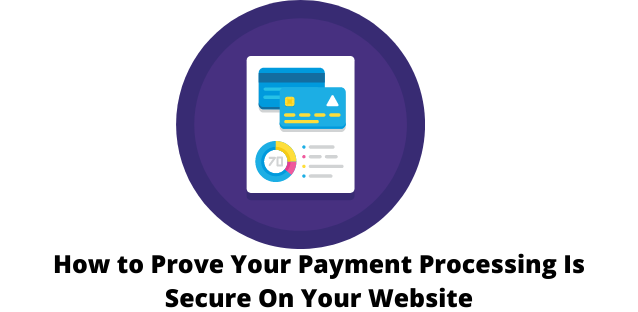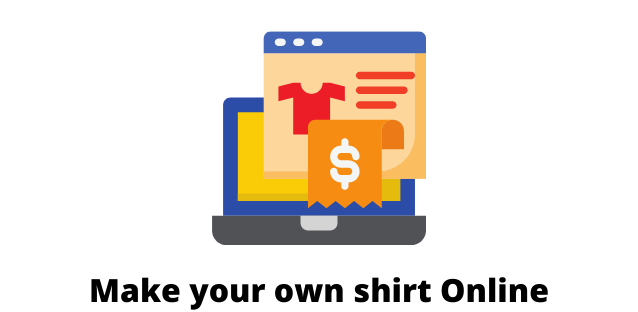As more consumers are now shifting to online shopping, you have this big opportunity to increase your sales and gain more customers. But the big question is: how can you prove that your payment processing is secure enough for customers to trust you?
- You need a PCI certificate.
Most online shoppers these days will instantly look for a PCI certificate to know if they’re shopping in a legitimate website. The Payment Card Industry Data Security Standards (PCI DSS) determines the right steps for merchants like you to secure any sensitive data in your website, especially when you’re processing online payments.
Now if you don’t want to go through the hassles of getting a PCI compliance certificate for your business, you just need to choose the right payment provider and they’ll provide you with everything you need to be PCI-compliant.
- You need an SSL certificate.
Another smart way to prove that your website can securely process payments is through an SSL certificate. Customers usually look for two things: the padlock symbol on your address bar and the https:// on your website address.
A customer can actually click on the padlock and it will tell him exactly who the owner of the website is. Therefore, it’s very important that your website information and the one shown on the padlock symbol are similar.
The SSL certificate means that all sensitive data, especially credit card information that’s used on your website will be encrypted so that hackers can’t have access to them.
- Use 3D secure authentication.
A lot of online merchants now offer 3D Secure feature, which is essentially a messaging protocol that involves the bank, the payment technology that processes the transaction and the issuing bank. This verification is especially useful for card-not-present transactions to avoid instances of fraud that could easily put your credibility on the line.
3D Secure authentication works by asking shoppers to confirm their transaction with a one-time PIN or other generated password sent by their bank to their phone before they could complete the checkout process. This is an extra layer of protection that protects both you and your customers.
- Test your payment systems regularly.
Even the most secure websites could still be vulnerable to threats if they’re not updated regularly. So, if you want to avoid the headache of having your customer’s credit card information stolen or your own website hacked.
It’s best to include a routine test of your payment system into your regular schedule. You need to check if your SSL is still properly installed, if any updates are needed for your tools or if there are plugins that you need to remove because they’re making you vulnerable to threats.
As a merchant, it’s your responsibility to make sure that your website is secure enough for shoppers to enjoy buying from your business without worrying that their credit card information could get stolen.
Thankfully, you can now find a reputable payment gateway provider that can help you ensure that your payment processing system is secure.




